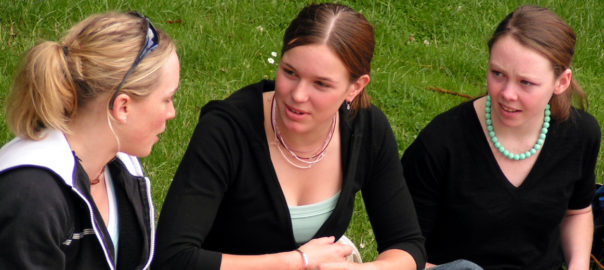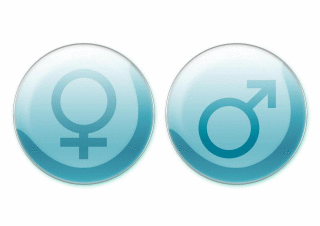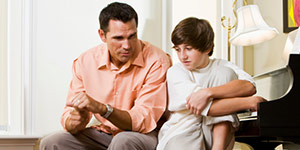Our very own Fertility nurse and Natural Fertility New Zealand Accredited Educator, Robyn Fausett answered your questions on fertility and charting, hosted by Essential Mums.
Timing is everything when it comes to falling pregnant, but knowing what time of the month is the best to increase your chances of getting pregnant, can be tricky.
A woman’s ovum can live for 12 to 24 hours after being released from the ovary, while a man’s sperm can live in the genital tract for up to seven days. While many believe that you ovulate on day 14 of every cycle, the truth is you can ovulate earlier or later than this.
Charting your temperature is one of the ways a woman can understand and identify the natural changes the body goes through, which indicate when you are most likely to ovulate.
Understanding the terminology and biology behind fertility can be quite tricky .
Robyn Fausett, a Natural Fertility New Zealand Accredited Educator will be joining us today at lunch time (1pm) to answer your questions about charting. Join us on the live chat.
Robyn, who is a practising fertility nurse, owns and runs, Nest Consulting . Her services include a range of lectures on body talk, puberty, fertility and self awareness.
She has also battled with her own fertility journey.
“At a young age, as a student nurse, I discovered I had poly-cystic ovaries (PCOS) a hormonal condition that, in my case, meant my ovaries were not releasing an egg each cycle. This information led me to place a high level of priority on achieving a pregnancy and subsequently led to three years of infertility,” she says.
“During the high tech treatments that followed I was also introduced to an amazing nurse who taught me about natural fertility and charting. I found the understanding of this scientific method which allowed me to interpret what my body was telling me each month invaluable.”
Robyn says charting did not only reconnect her with her body which she was beginning to feel alienated from, but it also allowed her a bit of control and planning into her and her partner’s quest for a family.
“Ultimately I was lucky and have two, now almost grown, children. I will never however forget the pressures infertility place on women and couples. I believe having the understanding and education about your body is a crucial element in empowering yourself.”
While Robyn is able to comment on issues relating to charting, any question/answer is not intended to be a substitute for professional medical advice, diagnosis, or treatment. Always seek the advice of your physician or qualified health provider with any questions you may have regarding a medical condition.
For the Question/Answer page go here:
http://www.essentialmums.co.nz/pregnancy/conception/trying-to-conceive/8929248/Live-chat-with-Robyn-Fausett
and for the summary Published on July 19, 2013 go here:
http://www.essentialmums.co.nz/pregnancy/conception/trying-to-conceive/8934570/Temperature-charting-Q-and-A


